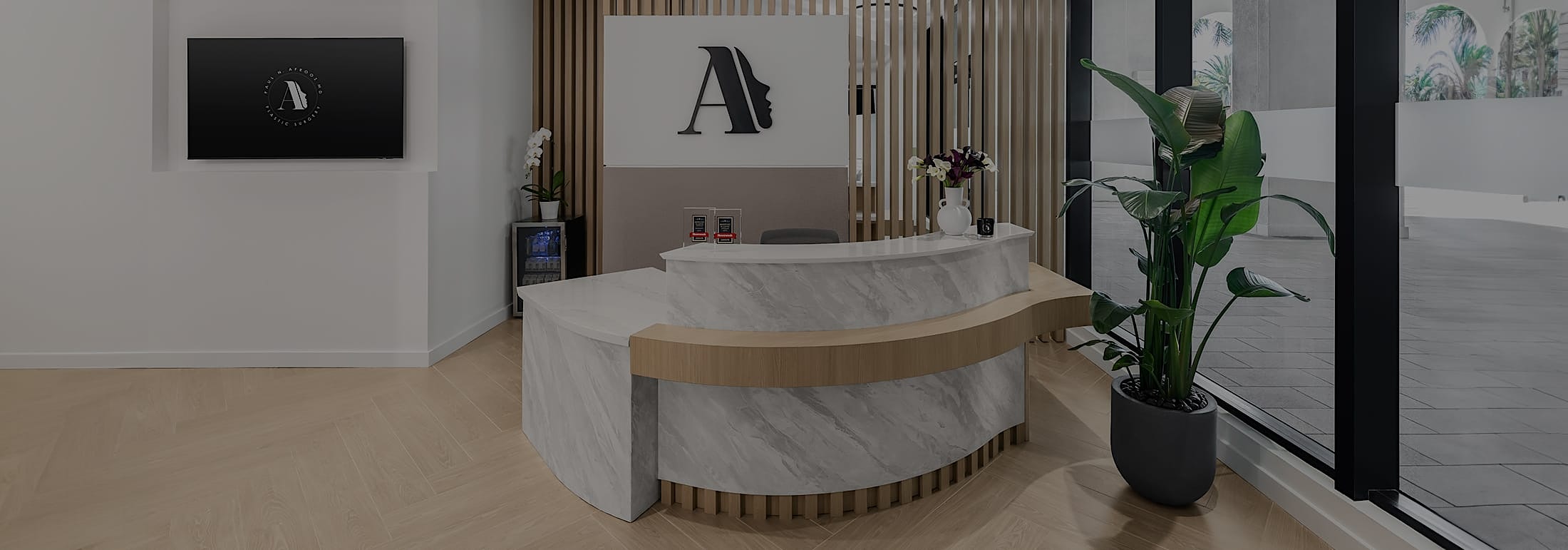Each person’s face will age differently, creating the need for a personalized approach and individual assessment in order to determine the best cosmetic solution. The most appropriate surgery is always the one that will provide the most natural, elegant results. Factors such as sun exposure, smoking, genetics, and environmental influences all need to be considered by the surgeon when selecting the right facelift technique for the client.
Your surgeon will assess several different aspects of your face during your private consultation. These include the amount of skin laxity present in the cheeks and jawline, the amount of volume loss that has occurred in the mid and lower face, and the skin quality in terms of thickness and texture. Facelift surgery can be combined with other treatments such as fat transfer and chemical peels to correct all three of these distinct concerns at the same time.
Below we will explore the different types of facelifts and how they can help restore a youthful, inviting countenance.
What are the different types of facelifts to choose from?
Traditional facelift
The conventional facelift addresses sagging in the cheeks, a loss of definition in the jawline, drooping jowls, folds and wrinkles, and the upper neck. In the past, facelifts were more superficial and resulted in a “pulled” look that was unfavorable. Today, plastic surgeons address the deeper SMAS layers of tissue and muscle for a more natural, flattering final appearance.
Mini facelift
For younger patients, a mini facelift can help revive the lower third of the face while providing a shorter recovery period and less scarring. The procedure can refresh the jawline, tighten the jowls, and correct signs of aging in the neck. In the right hands, a mini facelift can create meaningful improvement in the patient’s appearance and help prevent more severe signs of aging before they occur.
Mid facelift
A mid facelift addresses the region of the face between the lower eyelids and the upper lips. This area slowly begins to show signs of aging as one advances into one’s 30s and 40s. An endoscope, or small tubular camera, can be used to create precise and detailed results using the smallest incisions possible. This will help minimize scarring and reduce recovery time. By lifting the cheeks, the mid facelift also helps rejuvenate the lower face by extension.
Revision facelift
A patient may need a revision facelift after a decade or so to refresh their original results, or they may need a revision to correct unaddressed concerns after a primary facelift. Some of the reasons why patients pursue revision techniques include noticeable scarring, a pulled or too-tight look, or a procedure that did not remove enough redundant skin. It is recommended that a patient wait at least 9-12 months after their initial facelift before considering a revision. This gives enough time for swelling and bruising to dissipate and for the final result to become evident.
Deep plane facelift
Instead of repositioning the skin and muscles in parts, the surgeon will adjust the deep structures of the face as a single unit. Both the traditional SMAS facelift and the deep plane facelift address the SMAS layer of tissue and muscle beneath the facial skin, but the deep plane lift targets the level below the SMAS as well, where the deepest amount of aging has occurred. Thus results can be significantly more dramatic with this approach.
What is my next step?
The best way to discern which type of facelift will help you achieve your anti-aging goals is to meet with a board-certified plastic surgeon for a private consultation. During this process, the doctor will examine you physically, go over your medical history, and explain the pros and cons of the different approaches. You will be able to see before and after photographs that can also help you to form more realistic expectations.
Whichever type of facelift you end up choosing, you can rest assured that the surgery will help to restore a well-rested, rejuvenated appearance, boosting your self-confidence and helping you to regain a positive self-image.


